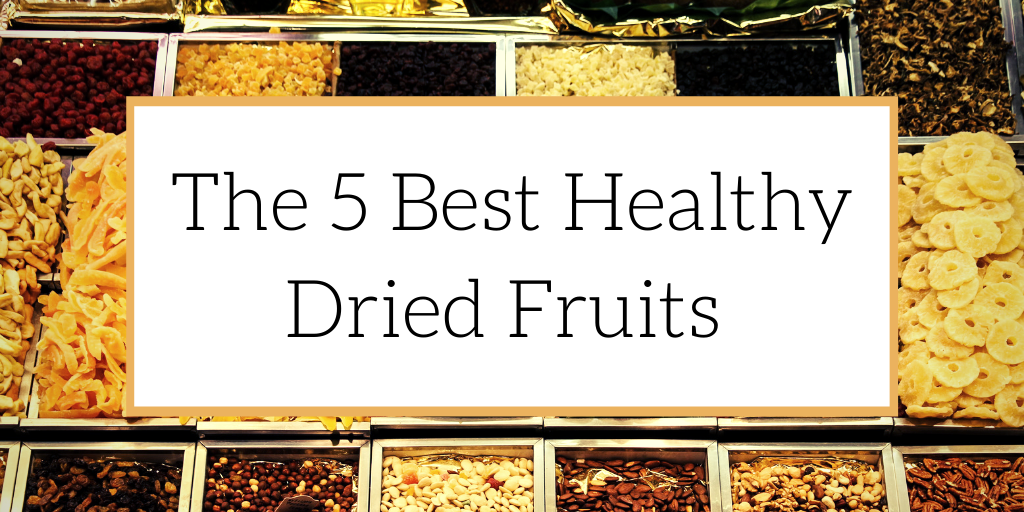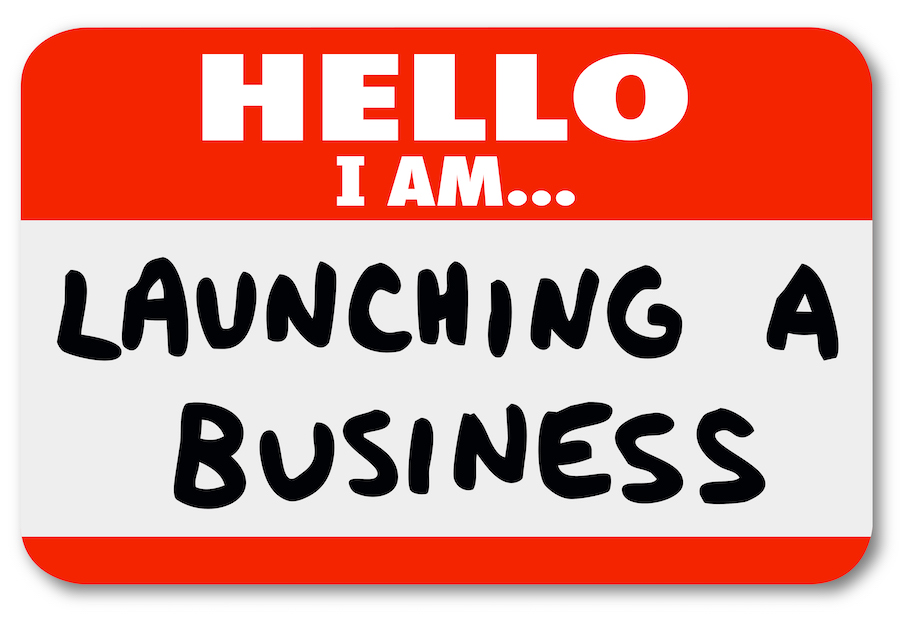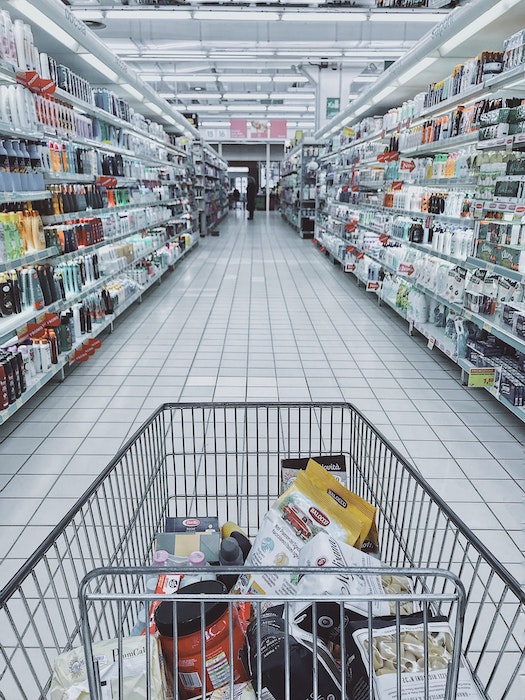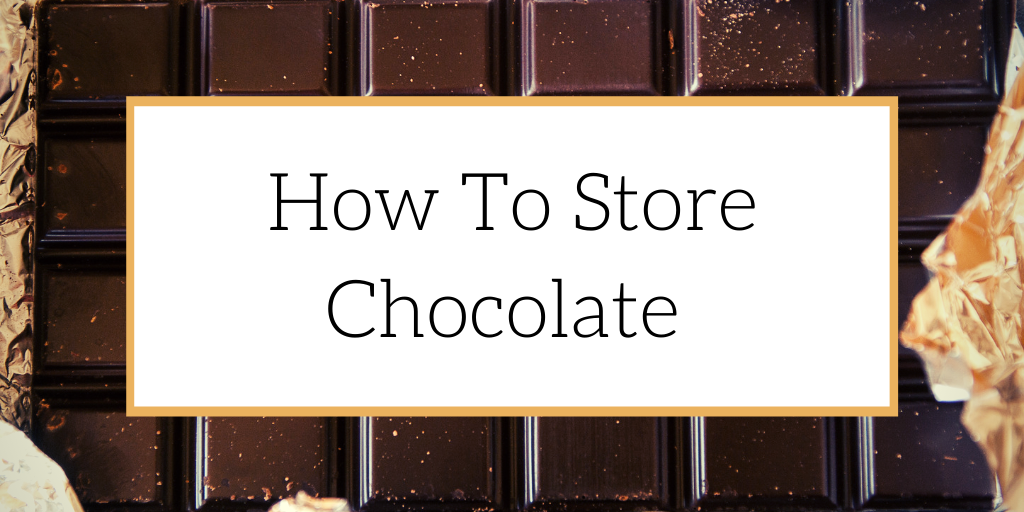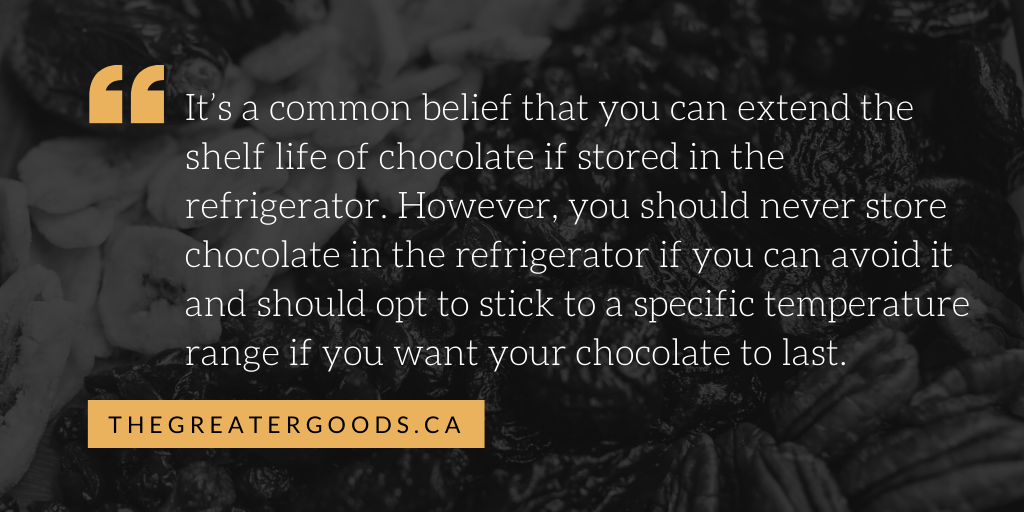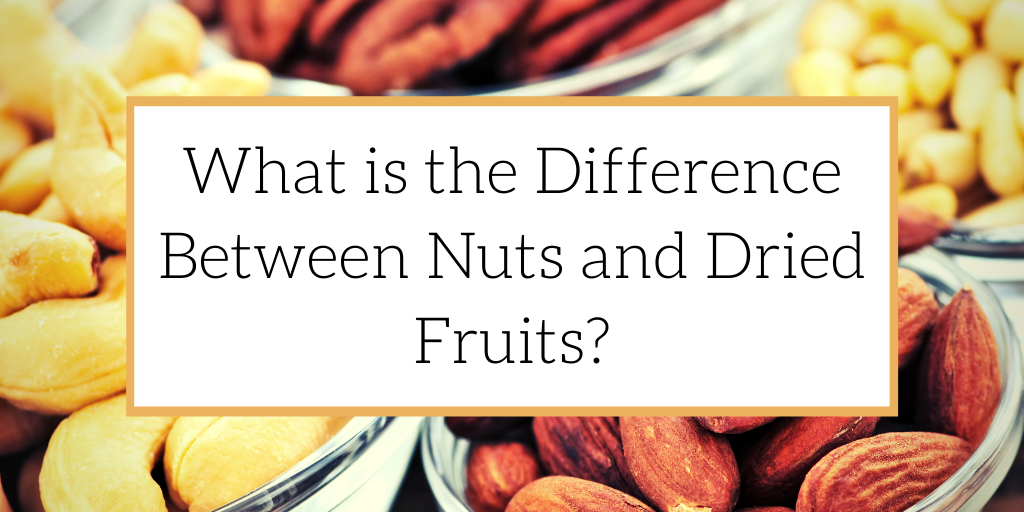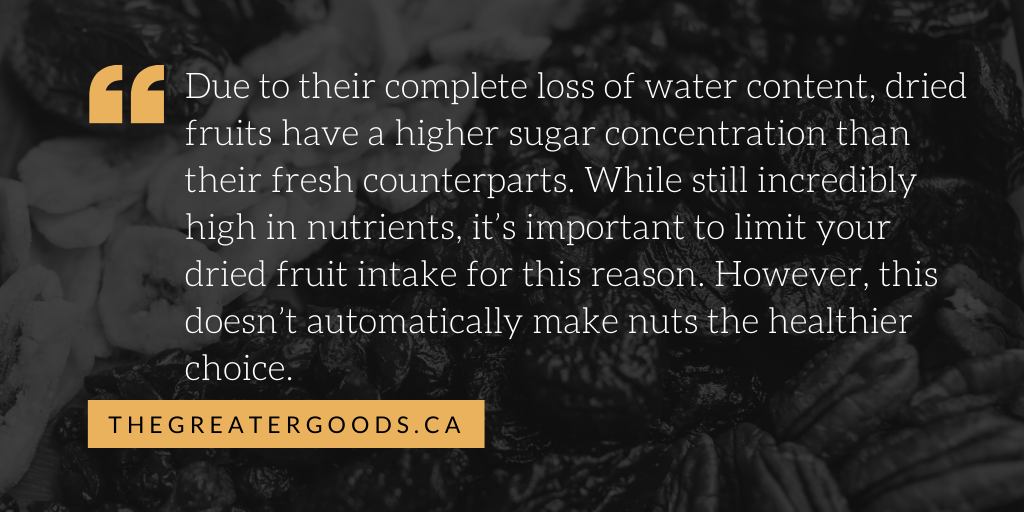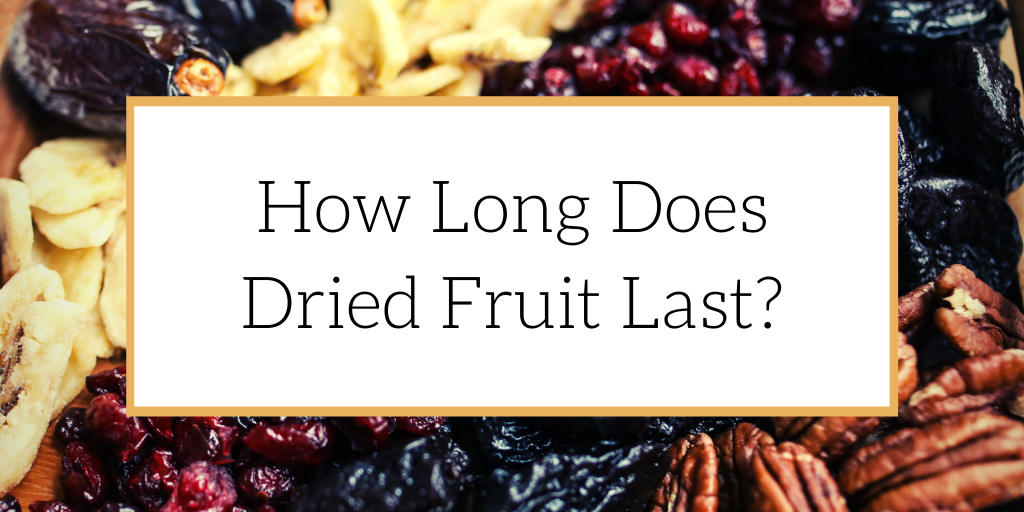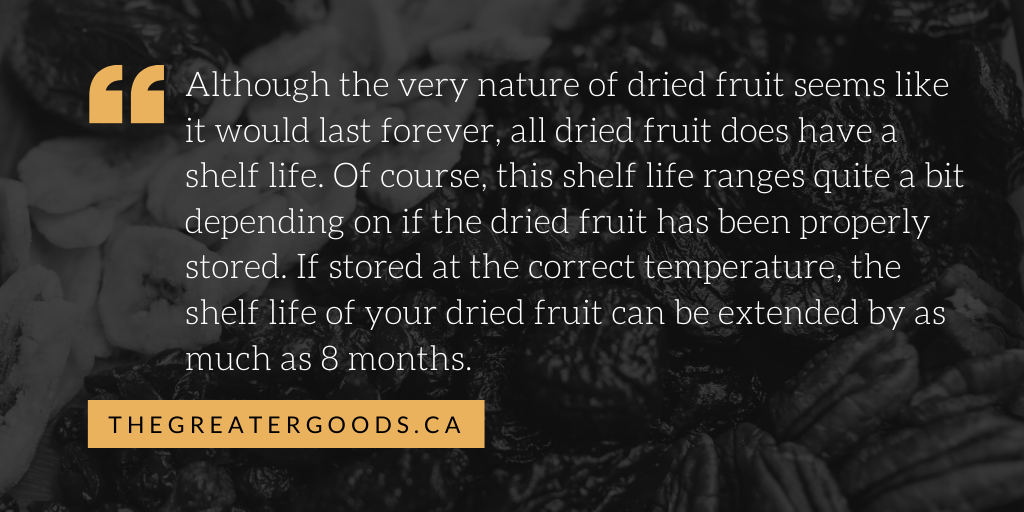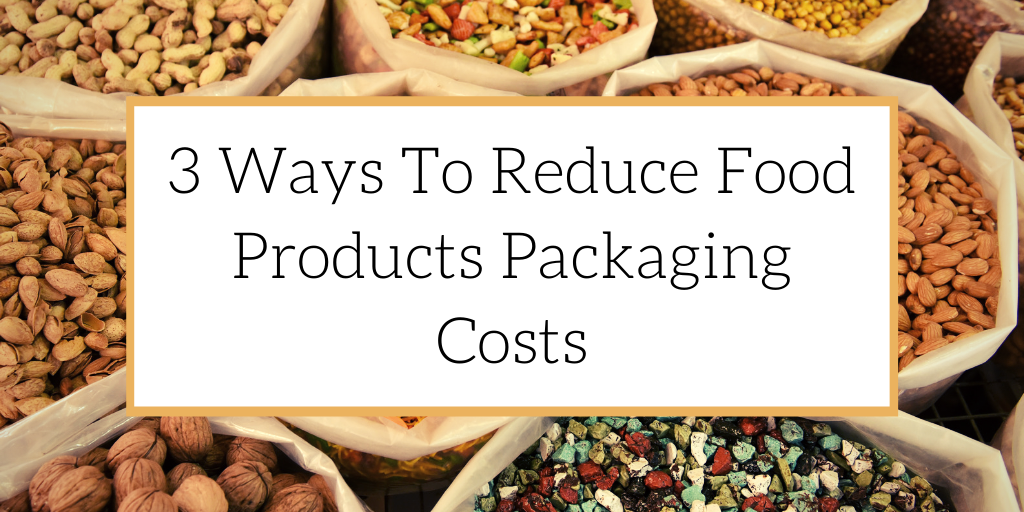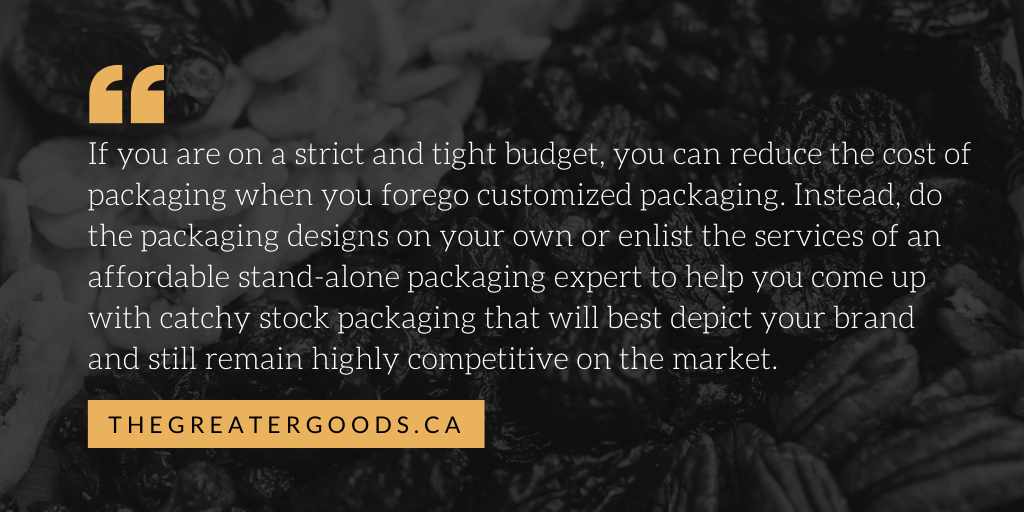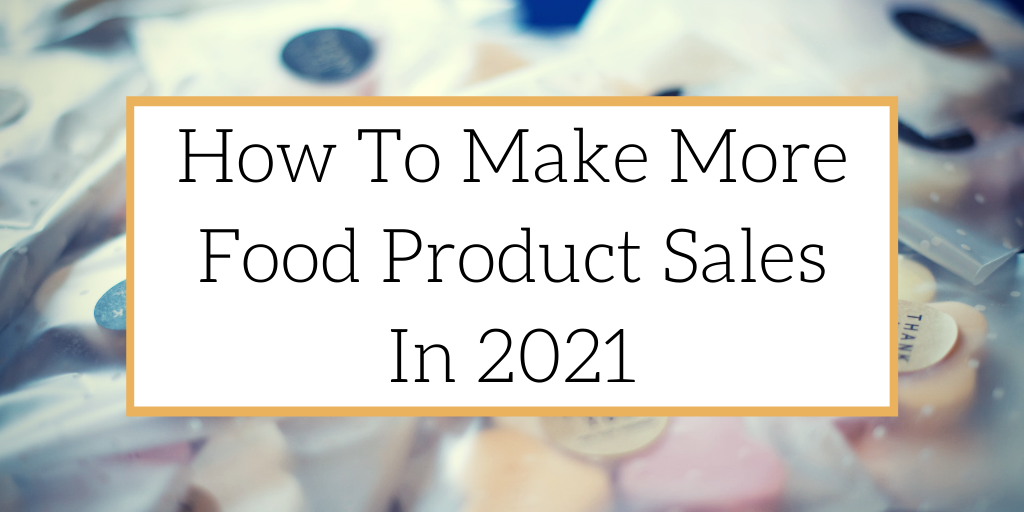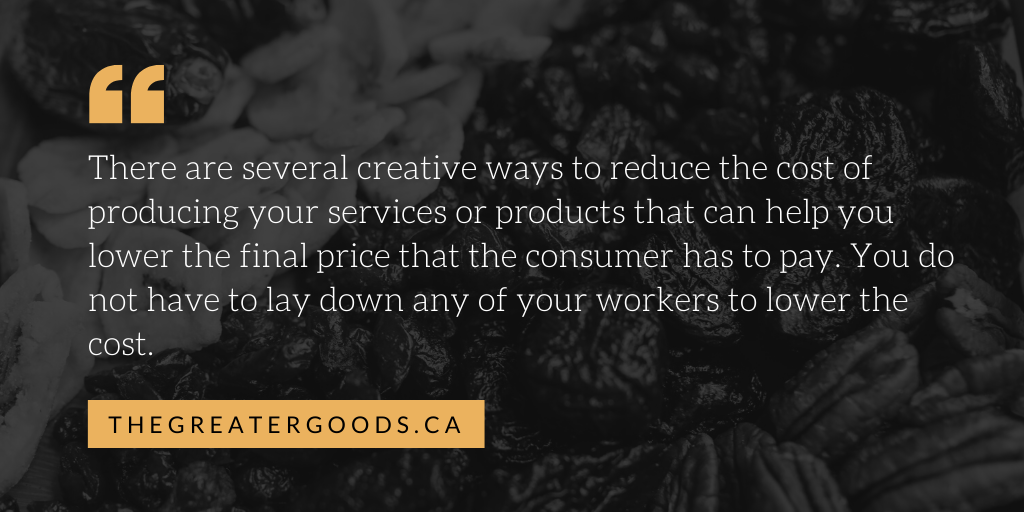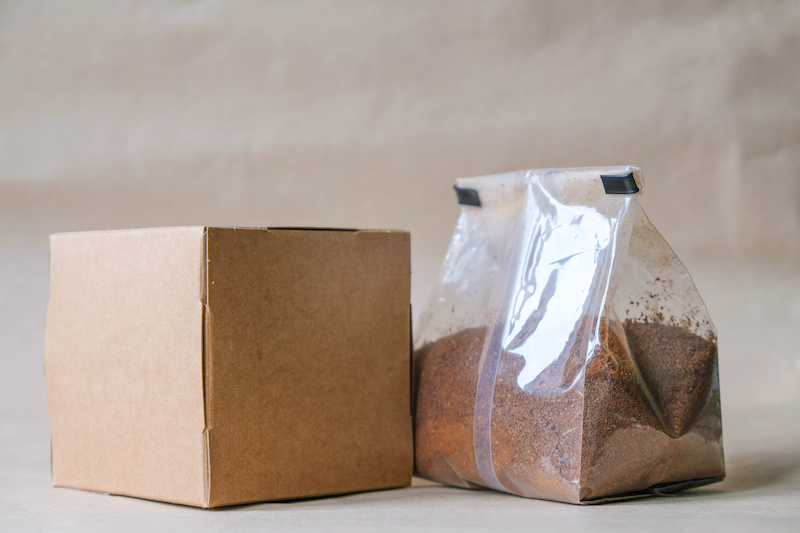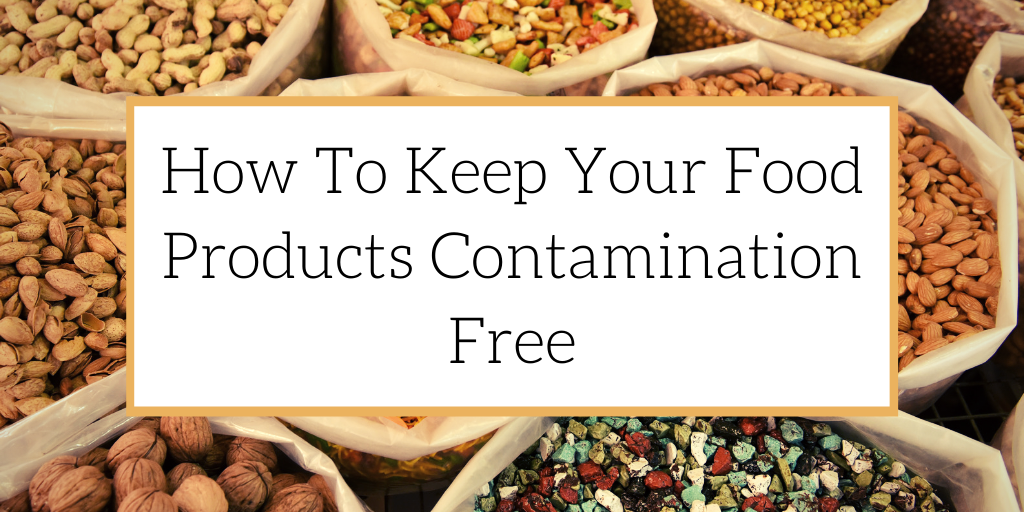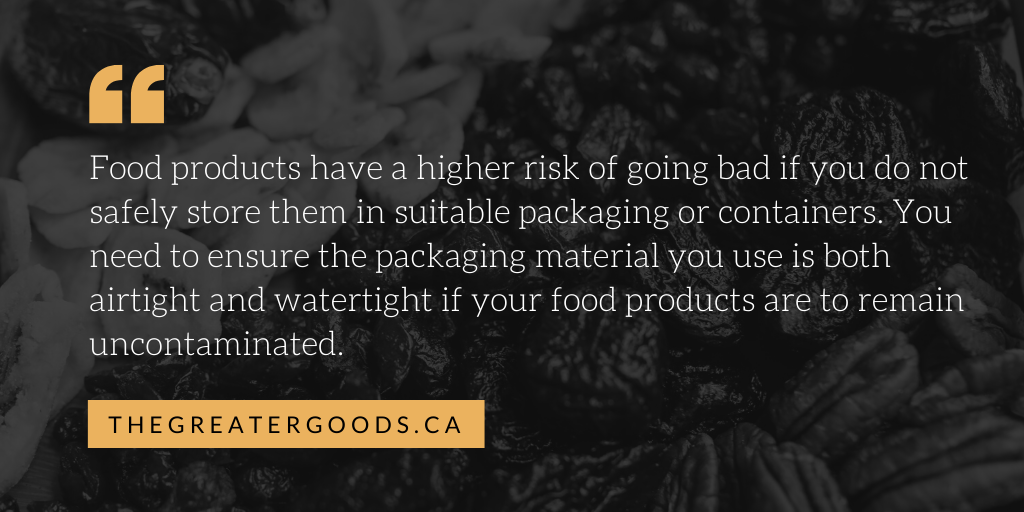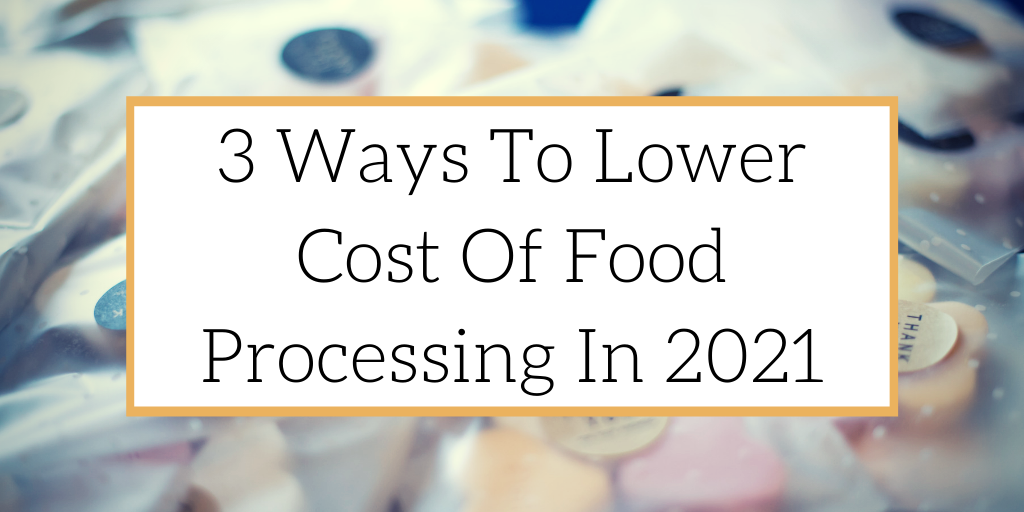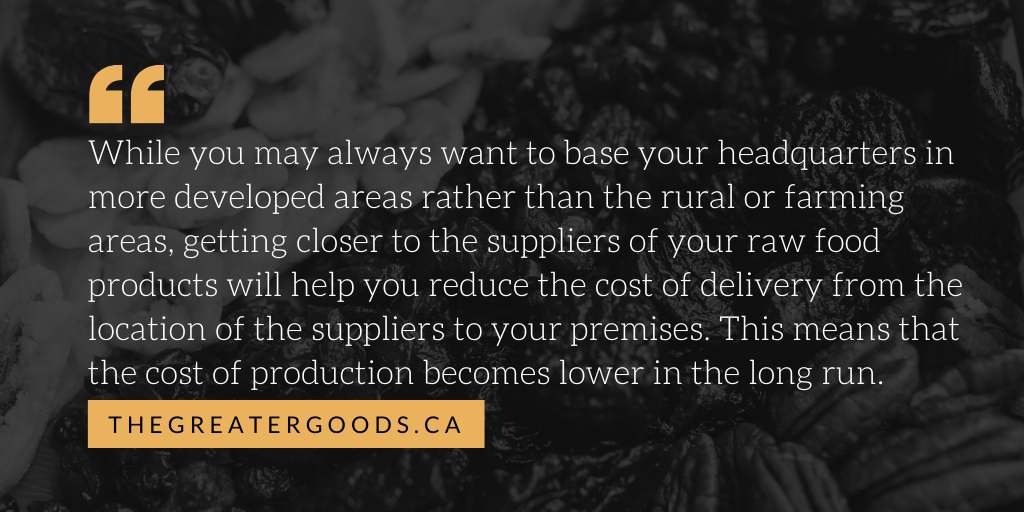Dried fruits are a very popular snack and a deliciously healthy addition to recipes. Dried fruits contain nearly all of the same nutrition benefits as fresh fruit, providing you with essential vitamins, minerals, fiber and phytonutrients. They also don’t spoil anywhere near as quickly as ripe fruit and store well, making them an ideal staple ingredient to keep in a pantry. Of course, dried fruits do have their nutritional downsides, including being higher in calories and sugar than ripe fruit due to the freeze drying process. So, what are the best healthy dried fruits out there if you want a delicious, dried and vibrant snack? In this article, we take a look at the 5 best healthy dried foods for snacks and recipes.
Apricots
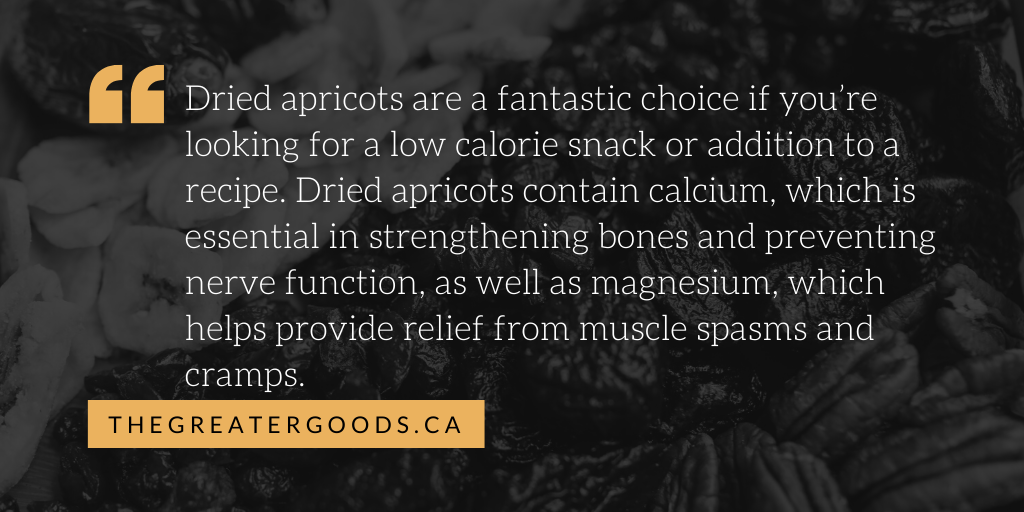
Dried apricots are a fantastic choice if you’re looking for a low calorie snack or addition to a recipe. Dried apricots contain calcium, which is essential in strengthening bones and preventing nerve function, as well as magnesium, which helps provide relief from muscle spasms and cramps.
The Hindustan Times tells us more about why apricots are at the top of the list for healthy dried fruits:
“Apricots provide for 47% of your daily vitamin A needs in a single serving and are a good source of potassium, vitamin E and copper. Vitamin E, like all antioxidant vitamins (A and C), is vital in protecting the cells from damage caused by free radicals. This is especially important in summer when the sun is at its strongest. Dried apricots are good for the skin, eyes and the immune system.”
Black Mission Figs
Black mission figs are an excellent source of dietary fiber, making them a perfect way to get in your suggested daily intake. Dried fruits that are high in fiber can help reduce the risk of cardiovascular disease, as well as obesity and type 2 diabetes.
Dried Plums
While you may not have thought to consume plums in their dried form, both ripe and dried plums contain significant amounts of essential nutrients, including vitamin K1, boron, copper and potassium. Plus, despite their sweet taste, dried plums do not cause a large rise in blood glucose and insulin-making them an ideal snack (in moderation) for those with diabetes.
Lychees
Both fresh and dried lychees contain a significant amount of fiber, helping bulk stools and normalize bowel movements. The fiber found in dried lychees can also help lower cholesterol and control blood sugar in those with diabetes.
Fittday.com explains the additional benefits that dried lychees have to offer:
“These delicious fruits are often sold frozen or canned, but if you can find them dried they can be a great addition to your diet. One serving provides an amazing 244% of your daily needs for vitamin C! Additionally it has 3.2 grams of protein and is a good source of riboflavin.”
Goji Berries
Goji berries are filled with important nutrients and antioxidants like zeaxanthin, helping protect your retinas against damage and supporting healthy vision. Goji berries also provide immune system support, protect against cancer and improve depression, anxiety and sleep.
Bestania.com tells us more about this superior dried fruit:
“Considered a superfood, goji berries are perhaps the best dried-fruits. By their nature, goji berries have a somewhat rougher texture compared to raisins. Despite that, they are a perfect substitute for raisins in any recipe. Before using them, soak in water to make them soft as desired.”
Here at The Greater Goods, we offer consultation services for your business, from food production to distribution. If you’re looking for advice on how to get up and running, we offer a free consultation with our expert food industry consultants and food brokers.
